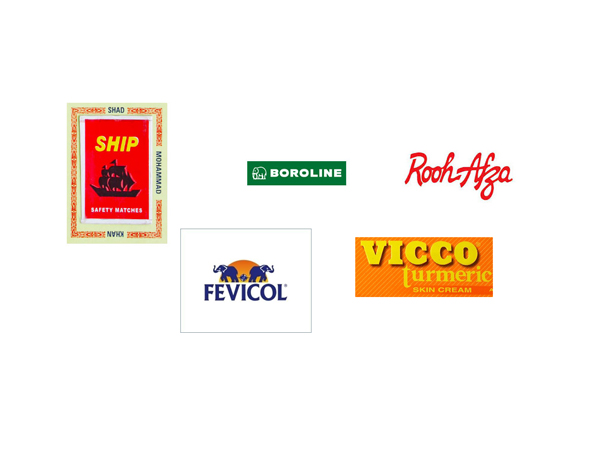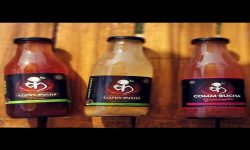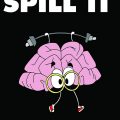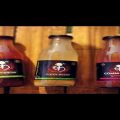5 yesteryear’s brands that evoke nostalgia!

The brands of the old days!
During the good old days, ‘Parachute’ meant coconut oil and ‘Ship’ stood synonymous with a matchstick. Even a couple of decades ago, these brands which may now be unsophisticated for today’s generation, embraced the lives of millions of Indians.
We present a slice of nostalgia to our readers, by taking a look at some of the brands that still stand proud on the shelves of stores without changing their faces and thumbing their noses at their new-age cousins.
A study conducted by the Havas Media group with over 700 brands, over 1,34,000 consumers in 23 countries revealed that the Asian consumers are more attached to the brands they use every day. Marketers worldwide have been striving to create this sort of brand impact and loyalty. Is this ‘consumer connect’ a result of a stronger branding done by these companies? Or is this the result of a sense of dependency or emotional attachment Indians have towards everyday products?
Brands are a part of the lives of consumers in India. In India, people buy a detergent because they like it; but in the west people buy a detergent for utility and what you call-transactional needs. This is the reason why several age-old brands like Tata, Godrej, Cadburys and Colgate still linger in India without much changing their appearances. Does this mean that Indian brands will have no worries as long as these ‘consumer connect’ is part of Indian lifestyle?
Without delving deep into the theories, let’s see a few brands that have not much changed with the passage of time and still holds top position in consumer minds.
Fevicol
The first white glue that was manufactured in India, Fevicol still enjoys a market leadership since 1959. The brand humorously stands as a metaphor for personal bonding among Indians. Reports say that Fevicol is the top selling adhesive in entire Asia. Pidilite has successfully reinvented the product by launching various versions, thereby establishing a strong image in the minds of consumers. Without losing its original identity, the product now has a contemporary feel.
Roohafza
For more than century, this deep-red hued thirst-quencher by Hakeem (Wakf) Laboratories has been the toast of many a sizzling Indian summers. Roohafza came to Indian markets in 1906; it might be called now as a traditional product but still has a bonding to old customers and reaching out to newer ones. Old brands will have to balance their old-fashioned imagery which has an advantage of tradition, but need to reach out in a contemporary context. This thirst quencher is successful over its new-age soft drink counter parts with its USP.
Boroline
This antiseptic cream which is still in an old look was launched in Kolkata by a businessman called Gourmohan Dutta in 1929. However, the packing has now been changed and Boroline continues to be a home remedy for people. The secret behind Boroline’s success is said to be the fantastic relationship, the brand maintains with its regional distributors, which helped a word-of-mouth publicity. Many big brands fail to keep this.
Ship Matchbox
For more than 80 years now, this ship has been lighting up several homes and kitchens. ‘Ship’ as a brand enjoys a unique position- a red wood box with a black ship’s image became a recognizable symbol turning to a brand’s identity. It is true that in the past, brand names and symbols often varied; symbols were not often connected with the brand, but similarly match sticks also became synonymous with ship for many Indians.
Vicco Turmeric Cream
In this age where thousands are spent on cosmetics, this good old product which stands as a homemade remedy still appeals to many. Vicco Turmeric has slightly uplifted its look by changing from a metal tube to a plastic one, but the product and even their jingle has not changed till today.
Besides these, there are many heritage brands of FMCGs and pharma products in India which continue to dominate the domestic spaces and are still the money spinners. Brand impact and loyalty are what marketers strive to create among consumers today and the examples set by these brands reflect that several brands have been able to achieve it and today’s brands lack somewhere to recreate this appeal.
Which specific brands trigger memories of olden, golden days for you? Do share your views.










